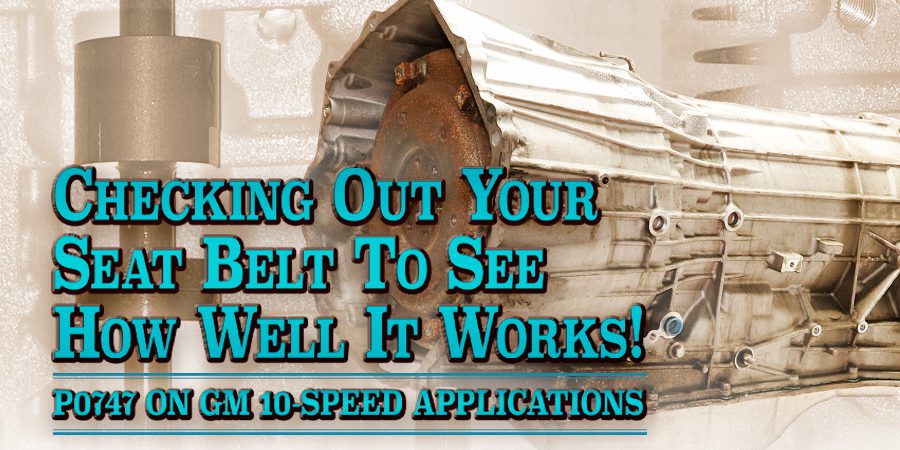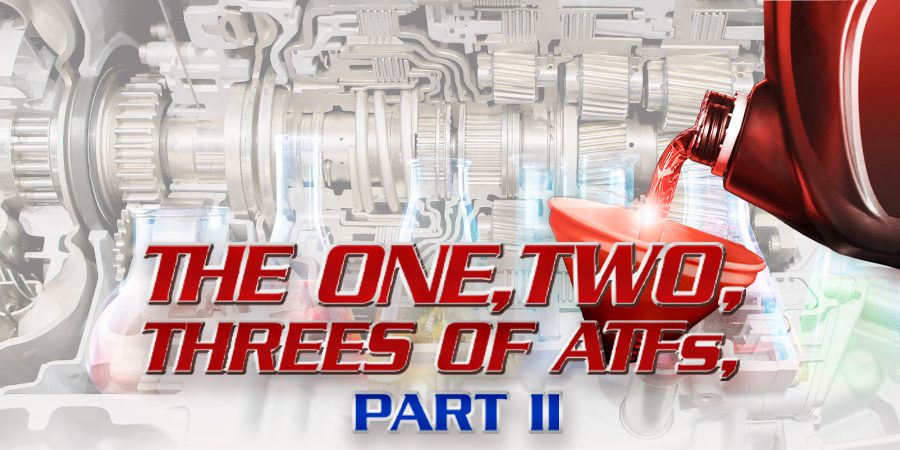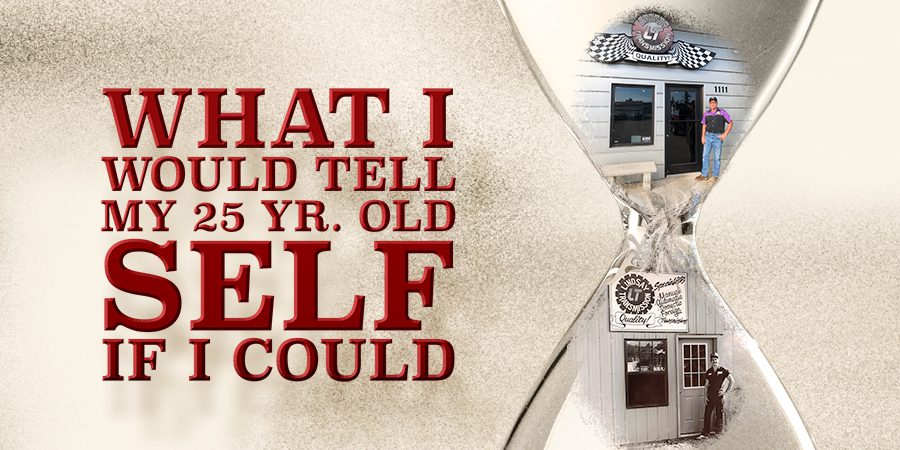Simple. Easy to understand.
So why do we find it so hard to tell a customer NO?
I’ve been on the front line of customer interaction for over 30 years. I was always taught that the “customer is always right,” “do whatever it takes,” and never say “No!”.
The automotive industry has a new customer today. More demanding and self-educated. These customers now have instant access to information at the touch of their phone or laptop. They can compare pricing, investigate procedures, and question anything you say in seconds. How many “Google Mechanics” do you speak to in a week? Too many, I bet.
Customers will say that their “code reader” just told them that a sensor is needed to fix their car, or they will tell you, “I have a torque converter code; how much is a torque converter.” Not a day goes by when questions like this don’t pop up. How prepared are your service advisors? Are they ready to answer these types of questions? They need to be trained and prepared because the way we do business changes daily.
Today’s economic environment has also empowered our customers to ask questions that they have never asked before.
Of course, we’re all familiar with the question, “Can you do it cheaper?” But now we get questions asking us to do it quicker, reduce the parts, use customer-supplied parts, and with each question, the customer expects us to grant their wishes. At the same time, they expect the same quality of repair, the same warranty, and the same delivery timeframe.
These challenging customers will use every tool in their bag. “I’ll leave you a bad review,” seems the common “go-to.” Customers may threaten to leave multiple bad reviews (Google Bombing) on your Google “My Business” page. Many of us give in to these threats instead of responding with explanations. Remember, it is critical always to be prepared to respond to both positive and negative Google Reviews within 24 hours. If a customer leaves a review saying you’re too expensive, remember to respond with an explanation of the process. Explain that certain costs are associated with the repair to meet their expectations of quality. Potential customers who are looking at your reviews will want to find a shop that is fair and can explain the process and the options that are available. When a customer gives a “great place to deal with” review, remember to thank them as well! It goes a long way.
We need to learn that saying “No” to a customer is okay. But “No” needs to come with an explanation. Saying “No” to certain customer requests is not about denying the customer’s needs but more about maintaining our creditability, integrity, and professionalism. We can’t reduce our price and still expect to maintain a profitable business. A business that needs to be profitable is to be there when our customers have a warranty concern. It’s important to let our customers know that the best-qualified technicians are performing their repairs, and you are providing the best product backed by the best warranty. We cannot adjust our price without sacrificing the quality of workmanship or warranty.
Using this approach creates trust. The customers we are looking for appreciate businesses that are upfront about what they can and cannot do. It is important that we explain to our customers what we are doing to their vehicle and, more importantly, why we are doing it. Transparency is a means of explaining your product and the costs associated to properly repair your customers’ vehicles. We need to take the time to explain the updates and modifications that we perform on a regular basis. These make our transmissions far superior to the original manufacturer’s transmission. Open communication will build a stronger relationship between you and your customer. It’s important that your relationship be built on honesty and respect.
Saying “No” to a customer is a delicate balance between managing expectations, maintaining quality standards, and preserving the long-term viability of your business. It is not a reflection of poor service or resistance to co-operate. By setting boundaries and not sacrificing quality, businesses can create healthier relationships with their customers. Ultimately, saying “No” to an unreasonable request is essential for delivering exceptional service to your customers while protecting the best interests of both the customer and the business.
Take some time and think about how your Team delivers the message “NO.” It’s key to success and as essential as being able to say, “Welcome.”















